18 March: Earth Observation (EO) based emergency mapping for local and regional risk management, 2:30pm CET
How can emergency mapping, through the Copernicus Emergency Management Service system, aid in crisis management?
SERTIT’s rapid mapping service, operational 24/7/365, provides crisis management stakeholders with maps of the extent and impact of natural, technological and humanitarian disasters on affected territories in just a few hours.
SERTIT manages and produces geo-information during emergency mapping activations for user communities in the Copernicus Emergency Management Service system (Rapid Mapping and Risk & Recovery Mapping), the International Space and Major Disasters Charter, for local and regional risk management players, and the insurance world.SERTIT works to evolve rapid mapping and plug the gaps in the services. Hence, SERTIT is involved in developing solutions for: storm damage mapping (3D), fire mapping with thermal and 3D data, flood and especially urban flood mapping, systematic lake monitoring and ground movement.
This webinar will provide an overview of how SERTIT’s rapid mapping service works and will share results and developments. Join us for an informative webinar for civil protection authorities and natural disaster managers at all administrative levels and for particular industries.
Presented by

